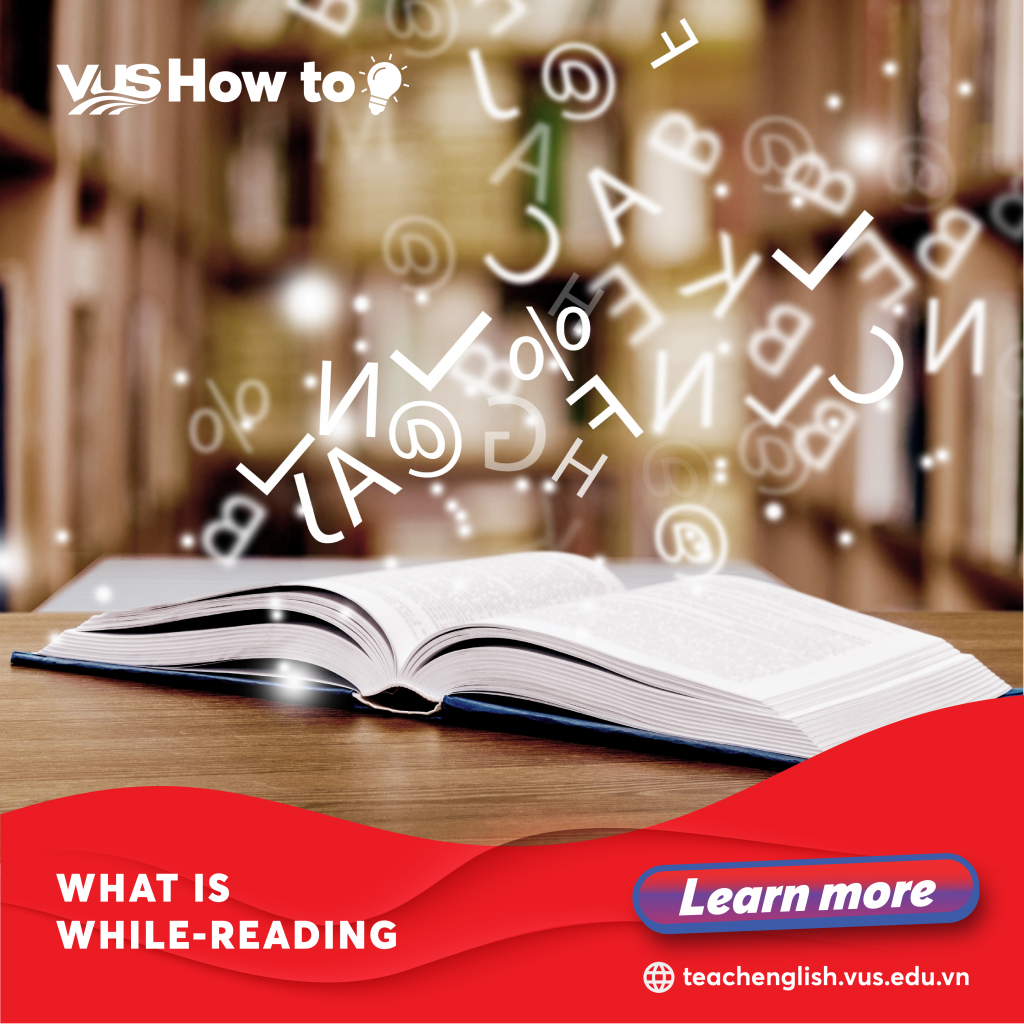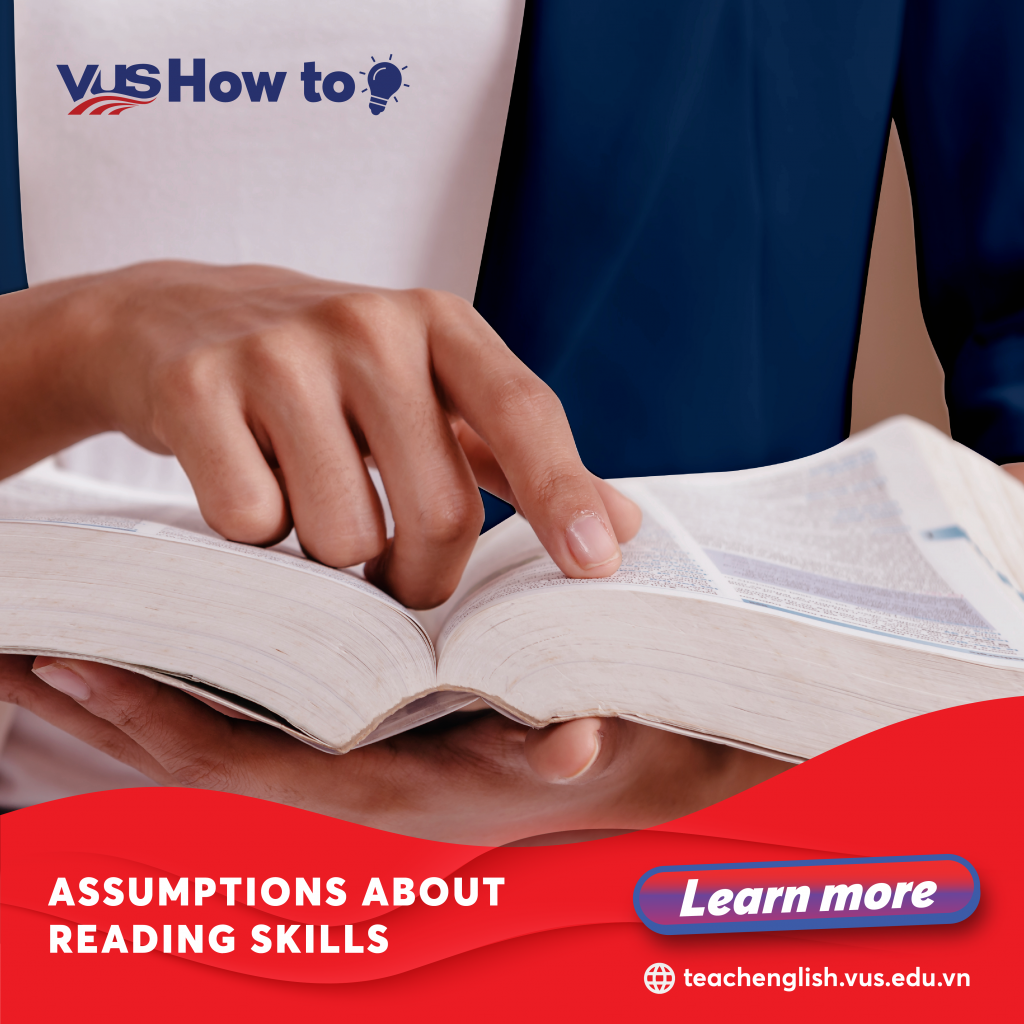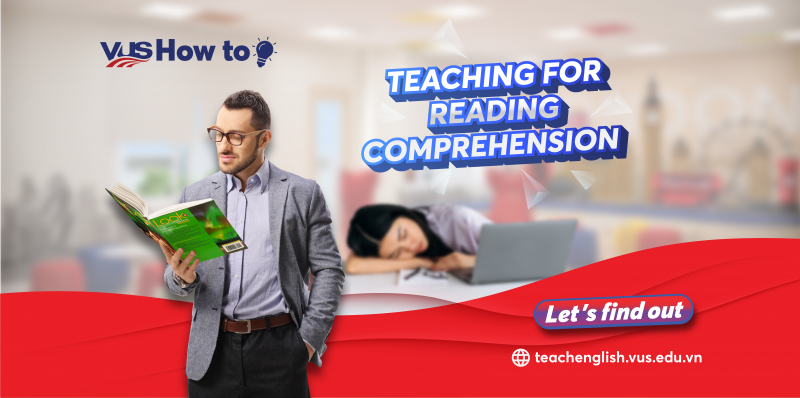Getting through a reading lesson can take longer than you expect, especially as unanticipated problems come up in class. You might be tempted to jam through the whole thing in one go, just to get it wrapped up so you have time to answer questions afterwards.
However, there are a lot of different techniques you can use during the while-reading phase to get your students through the lesson. This will make it easier for them to understand the text while meeting the lesson objectives. It will even save you time in the long run! Find out more in Part 3 of this Teaching Tips series, where we explore more about the while-reading phase.
I. What is the While-Reading Phase? Don’t we just read the text?
During the while-reading phase, learners engage directly with the text itself, actively extracting information, understanding content, and making connections. This phase aims to deepen comprehension, encourage critical thinking, and promote active engagement with the material.

The while-reading phase can be dynamic and interactive and is more than just passively absorbing information; it requires active participation and critical thinking. Read on to learn general skills that can be used during while-reading, as well as fun activities you can use to keep students engaged and entertained.
II. Break through the ordinary teaching practices with these awesome tips!

Reading comprehension and reading out loud aren’t the only practices to teach reading! There are a variety of other techniques to help students (and you!) get through reading exercises with ease. Here are some suggestions for activities to try in class.


Predict the Future!
Reading exercises in textbooks often include groups of questions, normally regarding vocabulary and comprehension. Read through these with your students ahead of time to give them an idea of the information they’re looking for. Then, during the reading, your students will recognize the key words in the text that help them answer the question.
Start With the Headings
Reading texts often include headings for each paragraph or two. Start your reading by asking the students to just focus on the headings at first. Brainstorm with your students what they might expect to read about in that paragraph. Some of your students might start reading ahead; you can solve this by preparing a picture of just the headlines, with the paragraphs blurred.

Skimming and Scanning
Skimming and scanning are two techniques used to go over the text without reading everything. Skimming involves having a quick glance at the reading to get an idea of its main topics, as well as going over the headings and structure of the text. This will give students a general idea of what they’re getting ready to read. Scanning involves looking for specific words or phrases within a text, often to help answer comprehension questions. This promotes efficient reading skills and helps prepare advanced readers to tackle long texts, especially in IELTS and other high-level exams.
Chunking Information
“Chunking” is a reading strategy that involves breaking down a text into smaller, meaningful groups of words or phrases, called “chunks.” This technique helps improve reading fluency and comprehension by allowing the student to take in the information in a more organized and manageable way.

This is useful for long paragraphs that may contain a lot of information. Some digibooks include tools that allow you to spotlight portions of the page. Use this to help keep your students focused on the right part of the reading.

Check for Understanding
Pause periodically to ask questions that assess students’ understanding. This ensures that they are following along and grasping the material.
III. Are your students falling asleep while reading? Hype up the atmosphere with these suggestions!

You can make the reading more engaging by turning the text into a fun activity. This promotes active reading and can increase student engagement with the text. Here are some suggestions for different activities:

Fill in the ____
One fun way to get readers more involved is to create a gap-fill activity. This is easiest when there is an audio recording that goes along with the text. Make a photocopy of the text, but white-out a few words in each paragraph. The missing words can be dates, times, names, locations, new vocabulary, or anything that is manageable yet challenging for your students. As students listen to the recording, they follow along on their worksheets, waiting to hear the keywords that come before the blanks so they can fill in the answers.
Choral Reading
Reading out loud helps improve students’ fluency, comprehension, and word recognition, and there are many different approaches to this practice. “Popcorn Reading,” where each student reads one sentence aloud, has been around for a long time, but may not be the best. Imagine you are a very shy student that dislikes reading, and then you are asked to read out loud for the whole class; this could make it even more discouraging!

Also, students may read too quickly, too slowly, or have poor pronunciation, and now they’re modeling this for everyone. Instead, having students read aloud, either together in groups or repeating after the teacher, helps get everyone engaged with the text in a comfortable way.

Unscramble the Reading
This activity takes some extra preparation, but can be a big hit with the students! Each pair of students will get a bundle of strips of paper, each strip printed with one or two sentences from the text. They will work together to put the text back into the correct order. This activity can be adjusted depending on the ability of the students and the difficulty of the text.
For longer texts, playing the audio track a few times gives them something to follow along with. For shorter or simpler texts, you can even break up the sentences into parts, promoting critical thinking and encouraging students to make logical connections between their paper strips.
Follow us for more exciting news!
#VUS #TeachAtVUS #TeachingTips
——————————————–




Start your journey with VUS today by applying at:


